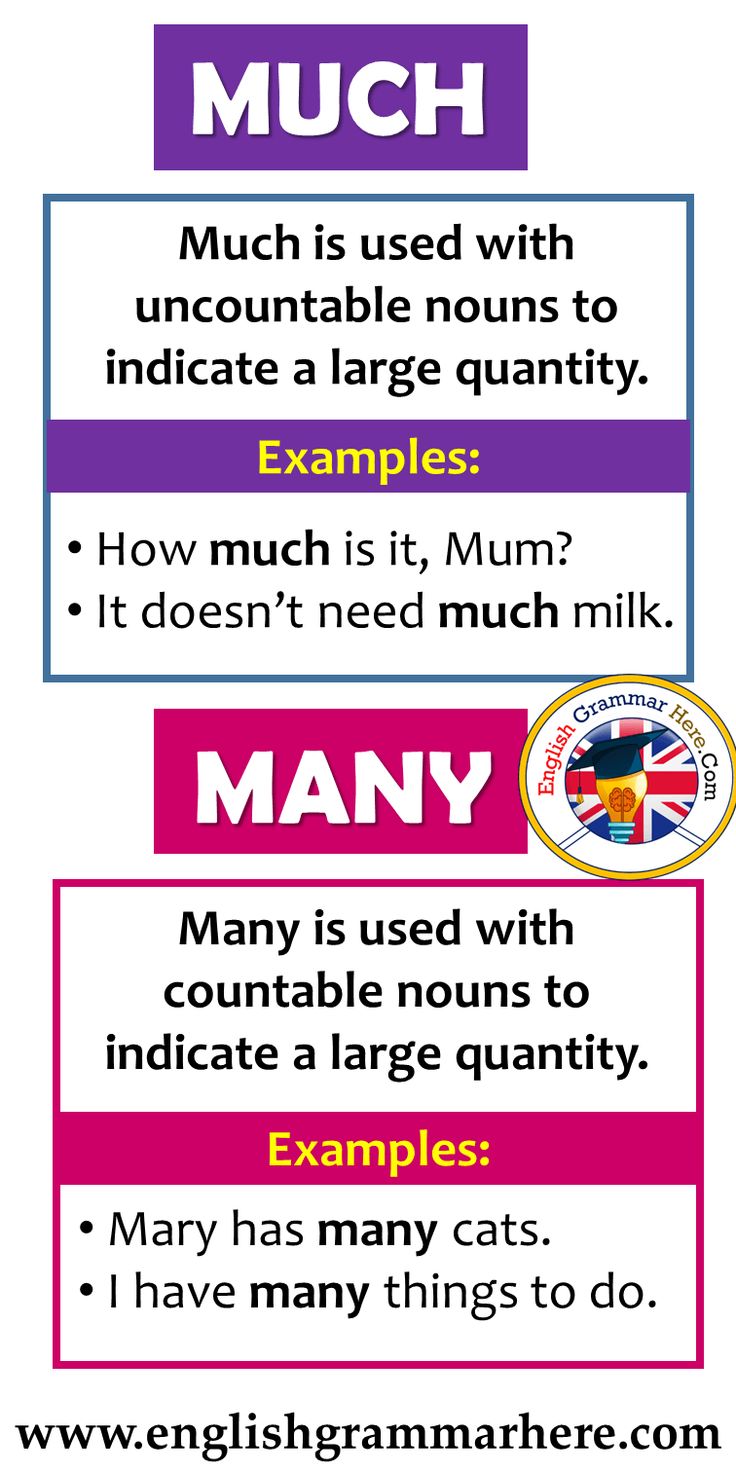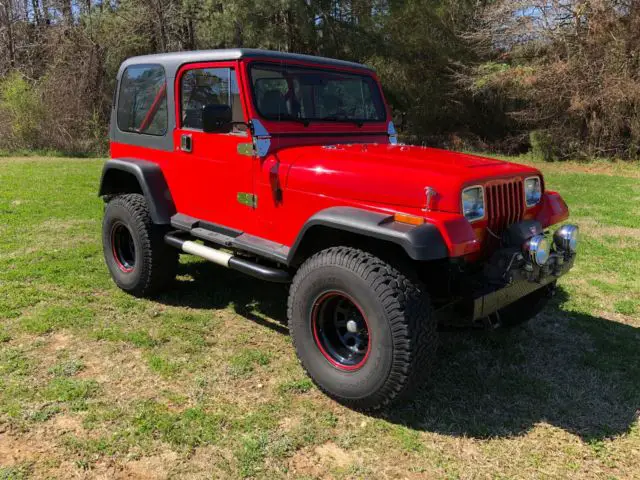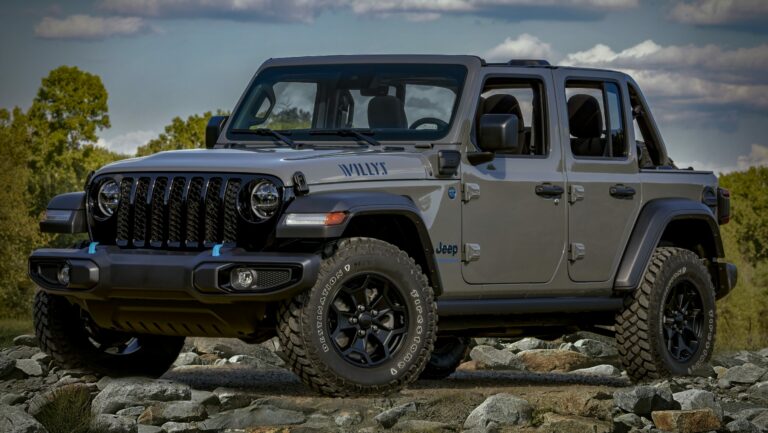How Much Is Insurance On A Jeep Wrangler Unlimited: A Comprehensive Guide
How Much Is Insurance On A Jeep Wrangler Unlimited: A Comprehensive Guide jeeps.truckstrend.com
The Jeep Wrangler Unlimited isn’t just a vehicle; it’s a statement, a lifestyle, and a passport to adventure. With its iconic rugged looks, legendary off-road capability, and the sheer joy of open-air driving, it’s easy to see why so many drivers dream of owning one. However, before you hit the trails or cruise the highway with the top down, a crucial question often arises: "How much is insurance on a Jeep Wrangler Unlimited?"
Understanding the cost of insuring this unique vehicle is paramount for any prospective or current owner. Insurance premiums can significantly impact your overall budget, and they’re not a one-size-fits-all figure. This comprehensive guide will demystify the factors that influence Jeep Wrangler Unlimited insurance costs, provide actionable insights to help you manage these expenses, and equip you with the knowledge to make informed decisions about protecting your adventurous investment.
How Much Is Insurance On A Jeep Wrangler Unlimited: A Comprehensive Guide
Understanding the Average Cost of Jeep Wrangler Unlimited Insurance
While there’s no single definitive answer to "How much is insurance on a Jeep Wrangler Unlimited," we can establish a general range. On average, owners can expect to pay anywhere from $1,500 to $2,500 per year for full coverage on a Jeep Wrangler Unlimited. This translates to roughly $125 to $210 per month.
However, it’s crucial to understand that this is a broad estimate. Your actual premium could be significantly higher or lower depending on a multitude of variables. For instance, a young, inexperienced driver in a high-theft urban area might pay upwards of $3,500-$5,000 annually, while an older, clean-record driver in a rural area could see rates closer to $1,000-$1,500. The key is to delve into the specific factors that influence these rates.
Key Factors Influencing Jeep Wrangler Unlimited Insurance Costs
Insurance companies assess risk to determine your premium. For a Jeep Wrangler Unlimited, this assessment involves a blend of vehicle-specific characteristics, your personal profile, and the type of coverage you choose.
1. Vehicle-Specific Factors
- MSRP and Repair Costs: Newer, more expensive Wrangler Unlimited models with advanced technology will generally cost more to insure because they are more expensive to repair or replace if damaged. While Wranglers are known for their ruggedness, specialized parts and labor for accident repairs can be costly.
- Safety Features: Modern Wrangler Unlimited models come equipped with more safety features (e.g., blind-spot monitoring, rear cross-path detection, adaptive cruise control, forward collision warning). Vehicles with more advanced safety tech can sometimes qualify for lower premiums due to reduced accident risk, though the cost of repairing these complex systems can offset some savings.
- Theft Rates: Jeeps, particularly Wranglers, are unfortunately popular targets for theft, especially their removable parts like doors and soft tops. A higher theft rate in your area or for the specific model can lead to increased comprehensive coverage costs.
- Vehicle Modifications: This is a huge factor for Wrangler owners. Lift kits, oversized tires, custom bumpers, winches, upgraded lighting, and other aftermarket modifications can significantly increase the value of your vehicle. If these modifications are not properly declared and covered by a Custom Parts and Equipment (CPE) endorsement, they may not be covered in an accident, or your premium could be higher to reflect the increased risk and value.
- Off-Road Usage: While the Wrangler is built for off-roading, standard insurance policies might have exclusions for damage incurred during off-road activities. If you plan to heavily use your Wrangler for extreme off-roading, you may need a specialized policy or rider, which will increase your costs.


2. Driver-Specific Factors
- Age and Driving Experience: Younger, less experienced drivers (especially those under 25) typically face the highest premiums due to statistical data showing they are more prone to accidents. As you gain experience and maintain a clean record, rates tend to decrease.
- Driving Record: A clean driving record free of accidents, speeding tickets, and other violations is the single most effective way to keep your insurance costs down. A history of claims or infractions will significantly increase your rates.
- Location (Zip Code): Where you live and park your vehicle has a substantial impact. Urban areas with higher traffic density, crime rates, and accident statistics generally have higher premiums than rural areas. Even within the same city, different zip codes can have varying rates.
- Credit Score (in some states): In many states, insurance companies use a credit-based insurance score as a factor. A higher score is often correlated with lower insurance risk, leading to better rates.
- Marital Status: Married individuals often pay less for insurance, as they are statistically considered lower risk.
- Annual Mileage: Driving fewer miles generally reduces your risk of an accident, potentially leading to lower premiums.

3. Policy-Specific Factors
- Coverage Levels and Deductibles:
- State Minimum vs. Full Coverage: Opting only for your state’s minimum liability coverage will be cheaper upfront but leaves you exposed to significant financial risk. Full coverage (including collision and comprehensive) is essential for protecting your investment in a Wrangler.
- Deductibles: This is the amount you pay out-of-pocket before your insurance kicks in. Choosing a higher deductible (e.g., $1,000 instead of $500) will lower your monthly premium, but means you’ll pay more upfront if you file a claim.
- Insurance Company: Rates vary wildly between providers. What one company considers high risk, another might offer a competitive rate for. This makes shopping around incredibly important.
- Available Discounts: Insurance companies offer a wide array of discounts (e.g., multi-policy, good student, defensive driving course, anti-theft devices, low mileage, military, professional affiliations). Not taking advantage of these can mean leaving money on the table.
Essential Coverage Types for a Jeep Wrangler Unlimited
Given the nature of a Jeep Wrangler Unlimited, certain types of coverage become particularly important:
- Liability Coverage: Mandatory in almost every state, this covers damages and injuries you cause to other people or their property in an at-fault accident.
- Collision Coverage: This pays for damages to your own vehicle resulting from a collision with another vehicle or object, regardless of fault. Absolutely crucial for protecting your investment.
- Comprehensive Coverage: This covers non-collision damages, such as theft, vandalism, fire, natural disasters, and damage from falling objects (like hail or tree branches). Given the Wrangler’s popularity with thieves and its exposure to the elements (especially with soft tops), comprehensive coverage is highly recommended.
- Uninsured/Underinsured Motorist (UM/UIM): Protects you if you’re hit by a driver who doesn’t have insurance or doesn’t have enough to cover your damages.
- Personal Injury Protection (PIP) / Medical Payments (MedPay): Covers medical expenses for you and your passengers after an accident, regardless of fault. Required in some "no-fault" states.
- Roadside Assistance: Highly advisable for a vehicle that might venture off the beaten path. This can cover towing, battery jump-starts, flat tire changes, and fuel delivery.
- Custom Parts and Equipment (CPE) Coverage: This is critical for any modified Wrangler. Standard policies often only cover factory-installed parts. If you’ve added a lift kit, custom wheels, an aftermarket bumper, or any other significant modifications, you need this endorsement to ensure these expensive additions are covered in case of damage or theft. Discuss this in detail with your insurer.
Strategies to Lower Your Jeep Wrangler Unlimited Insurance Costs
While some factors are beyond your control, many can be influenced to reduce your premiums:
- Shop Around Aggressively: This is the single most impactful step. Get quotes from at least 3-5 different insurance providers (national carriers, regional companies, and even local brokers). Rates can vary by hundreds, even thousands, of dollars.
- Bundle Policies: If you have homeowner’s or renter’s insurance, bundle it with your auto insurance from the same provider. This often results in a significant discount.
- Increase Your Deductibles: If you have an emergency fund and can comfortably afford to pay a higher amount out-of-pocket for a claim, raising your collision and comprehensive deductibles will lower your monthly premiums.
- Maintain a Clean Driving Record: Avoid accidents and traffic violations at all costs. A spotless record is your best friend when it comes to insurance rates.
- Take a Defensive Driving Course: Many insurers offer discounts for completing an approved defensive driving course, especially for younger drivers.
- Improve Your Credit Score: If applicable in your state, a good credit score can lead to lower insurance rates.
- Install Anti-Theft Devices: Beyond the factory alarm, installing a LoJack system or a robust aftermarket alarm can sometimes qualify you for an anti-theft discount.
- Consider Usage-Based Insurance: Telematics programs (where a device or app monitors your driving habits) can offer discounts for safe driving.
- Ask About All Available Discounts: Don’t assume your insurer will automatically apply every discount you qualify for. Ask about multi-car, low mileage, good student, military, professional affiliation, and paid-in-full discounts.
- Review Your Policy Annually: Your insurance needs and available discounts can change. Review your policy with your agent every year to ensure you have adequate coverage at the best possible price.
- Be Transparent About Modifications: While modifications can increase your premium, being upfront about them and securing CPE coverage is far better than having a claim denied due to undisclosed alterations.
Challenges and Considerations for Jeep Wrangler Unlimited Owners
Owning a Wrangler Unlimited comes with unique joys, but also specific insurance considerations:
- Higher Theft Risk: The removable doors and soft tops make Wranglers attractive to thieves looking for parts or the whole vehicle. This inherently drives up comprehensive coverage costs. Invest in good anti-theft measures.
- Modification Impact and Coverage: As mentioned, modifications are a double-edged sword. They enhance your Wrangler but can complicate insurance. Always declare them and ensure proper CPE coverage. Failing to do so can lead to devastating financial loss if your modified parts are damaged or stolen.
- Off-Roading Exclusions: Be very clear with your insurer about your intended use. Some standard policies may exclude damage incurred during competitive events or extreme off-roading. If you’re a serious off-roader, look into specialized policies or riders from companies that understand the unique risks.
- Depreciation vs. Coverage: For older Wranglers, ensure you’re not paying for more coverage than the vehicle is worth (unless it’s a heavily modified and highly valued custom build). For newer ones, ensure you have sufficient coverage to replace it if totaled.
Estimated Annual Insurance Premiums for a Jeep Wrangler Unlimited
Please note: These are estimated annual premium ranges for a Jeep Wrangler Unlimited (JLU) based on various generalized factors and market trends. Actual rates will vary significantly based on your specific location, chosen insurance company, driving history, coverage levels, and exact vehicle details (trim, year). Always obtain personalized quotes.
| Driver Profile & Vehicle Type | Estimated Annual Premium Range | Key Factors Influencing This Range |
|---|---|---|
| Young Driver (18-24) – New JLU | $3,000 – $5,500+ | Age, lack of experience, high-risk vehicle category, full coverage, potential surcharges. |
| Mid-Age Driver (30-50) – New JLU | $1,800 – $3,000 | Good driving record, good credit, full coverage, typical discounts. |
| Experienced Driver (50+) – New JLU | $1,500 – $2,500 | Clean record, significant experience, potential loyalty/senior discounts, lower perceived risk. |
| Mid-Age Driver – Used JLU (5+ yrs old) | $1,200 – $2,000 | Lower vehicle value, potentially less comprehensive coverage needed, good driving record. |
| Driver with Accidents/Violations | Add 20-50% to base rates | Surcharges for past at-fault accidents, speeding tickets, DUIs/DWIs. |
| JLU with Significant Mods (Undeclared) | Potential claim denial, higher risk | Modifications not disclosed can lead to non-coverage for those parts; higher overall risk for insurer. |
| JLU with Significant Mods (Declared with CPE) | Add $200 – $1,000+ (for CPE) | Custom Parts & Equipment coverage added to protect aftermarket investments. |
Frequently Asked Questions (FAQ) about Jeep Wrangler Unlimited Insurance
Q1: Is Jeep Wrangler insurance more expensive than other SUVs?
A1: Generally, yes, it can be. While some luxury SUVs might cost more due to their high value and complex repairs, the Wrangler’s higher theft rates (especially for removable parts), potential for off-road use, and common modifications can drive up premiums compared to a standard family SUV.
Q2: Do modifications affect insurance costs?
A2: Absolutely. Modifications can increase the vehicle’s value, make it more attractive to thieves, or change its safety dynamics. Crucially, if you don’t declare your modifications and get Custom Parts & Equipment (CPE) coverage, they might not be covered in a claim, leaving you with significant out-of-pocket expenses. Always inform your insurer about any significant changes.
Q3: Can off-roading void my insurance?
A3: It depends on your policy. Many standard policies have exclusions for damage incurred during competitive events, racing, or extreme off-roading. If you plan serious off-roading, discuss this with your insurer. Some companies offer specialized off-road vehicle insurance or riders to cover these activities.
Q4: What’s the best way to get a cheap quote for my Jeep Wrangler Unlimited?
A4: The best way is to shop around extensively. Get quotes from multiple insurance companies (both large national carriers and smaller regional ones). Also, maintain a clean driving record, ask about all possible discounts, and consider increasing your deductibles if you have an emergency fund.
Q5: Is comprehensive coverage really necessary for a Wrangler?
A5: Highly recommended, if not essential. Comprehensive coverage protects against theft, vandalism, fire, natural disasters, and damage from falling objects. Given the Wrangler’s removable parts (soft tops, doors) that are often targeted by thieves, and its common exposure to the elements during outdoor adventures, comprehensive coverage provides crucial financial protection.
Q6: Does having a soft top instead of a hardtop affect insurance?
A6: Yes, it can. Soft tops are generally easier to cut through or remove, making the vehicle more vulnerable to theft or vandalism of contents. This can lead to slightly higher comprehensive premiums compared to a hardtop, or some insurers might recommend specific anti-theft measures for soft-top models.
Conclusion
Insuring a Jeep Wrangler Unlimited is a nuanced process, but understanding the factors that influence your premiums empowers you to navigate the market effectively. From your personal driving history and location to the specific modifications you choose for your rig, every detail plays a role in the final cost.
While the allure of a Wrangler Unlimited is undeniable, don’t let insurance costs catch you off guard. By proactively shopping for quotes, understanding the essential coverage types (especially Custom Parts and Equipment coverage for modifications), and diligently maintaining a clean driving record, you can secure the right protection for your adventurous spirit and your prized vehicle. Protecting your investment ensures that your focus remains on the open road and the trails ahead, rather than unexpected financial burdens.



